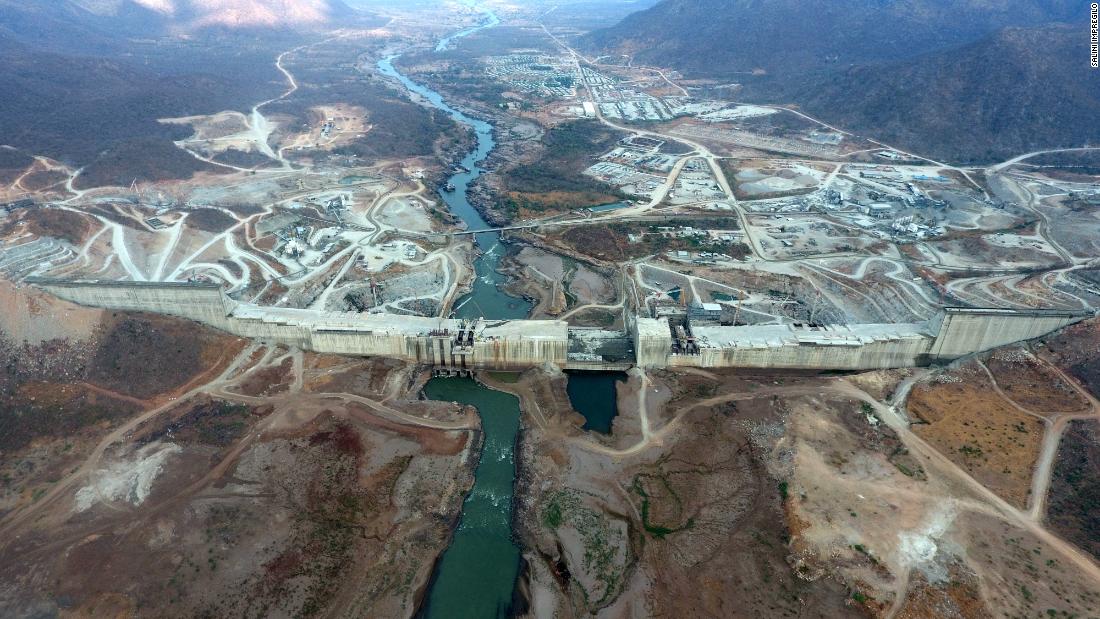Transboundary Waters
Welcome to my blog which today will discuss
transboundary waters, specifically, what that means, some of the complications
surrounding it and ways we have attempted to address these issues.
What are transboundary
Waters?
Transboundary waters refers to the basins of
rivers and lakes as well as aquifers that are shared between two or more countries
as stated by the UN Water.
The high importance of water warrants effective management and cooperation to
ensure development is peaceful and sustainable. Without appropriate measures in
place, mismanaged transboundary waters could potentially lead to social unrest
between countries. Additionally, the negative impacts of climate change on
natural processes could further exacerbate already sensitive relationships brought
upon by increasing populations and economic growth. In this regard,
transboundary water resource management requires an integrated approach working
within legal and institutional frameworks to manage multinational objectives (UN
Water, 2018).
According to the UNECE and UNESCO, there are 63
transboundary river basins and approximately 300 transboundary aquifers.
Additionally, 145 states have territory within transboundary lake or river
basins with 30 countries located entirely within them. Furthermore, according
to SIWI, Around two-thirds of the world’s transboundary rivers do not have a cooperative
management framework (UN Water, 2018).
 |
| Transboundary waters on the African Continent |
History of
transboundary agreements
1966 Helsinki Rules – The Helsinki Rules in 1966 represented the
first time transboundary groundwater became regulated by an international legal
instrument. It developed the principle of ‘reasonable and equitable utilisation’
of waters of riparian states measured by
a number of factors including; geography of the drainage area of the basin; hydrology
of the basin; climate affecting the basin; past utlisation trends; economic and
social needs; populations dependent on the waters; comparative costs of
alternative means; availability of other resources; and avoidance of unnecessary
waste (Salman,
2007).
1997 UN Watercourses Convention – The UN Watercourses Convention provides
a framework for governing watercourses on a global level and works off similar
principles established in the Helsinki Rules. There is a substantial part in
the Convention relating to the protection, preservation and management of
international watercourses through; protecting and preserving ecosystems;
prevention, reduction and control of pollution; introduction of alien or new
species; and protection and preservation of marine environment (Salman,
2007).
2009 Law of Transboundary Aquifers – Law of Transboundary Aquifers came
about as the importance of groundwater resources and transboundary aquifers became
fully realized. This is for a number of reasons, such as most of all freshwater
is found in aquifers with most of them being transboundary. Groundwater is also
the primary source for agriculture through irrigation and is said to provide
50% of potable water supplies (United
Nations, 2009).
Transboundary Aquifers
in the African context
There are over 70 transboundary aquifers
identifies on mainland Africa which covers 40% of the continent and contains
33% of the population (Nijsten et al 2017). The major Transboundary
Aquifers on the African continent are the Nile, Volta, Zambezi and Niger all of
which are experiencing population growth and impacts from climate change which raises
concerns regarding potential conflicts in these regions.
 |
| The Grand Renaissance Dam - Ethiopia |
The Nile Basin is a prime example of the complexities associated with transboundary waters. The Nile river is shared with 11 different countries being Egypt, Burundi, The Democratic Republic of Congo (DRC), Sudan, South Sudan, Ethiopia, Kenya, Rwanda, Uganda, Tanzania and Eritrea. Tension specifically began when Ethiopia proposed The Grand Renaissance Dam, a project hoping to boost economic development. However, Ethiopia is upstream meaning the dam will reduce flows to countries like Sudan and particularly Egypt (Lazarus 2018). This highlights the complexities of political relationships when dealing with Transboundary Water.
Thank you for reading
Comments
Post a Comment